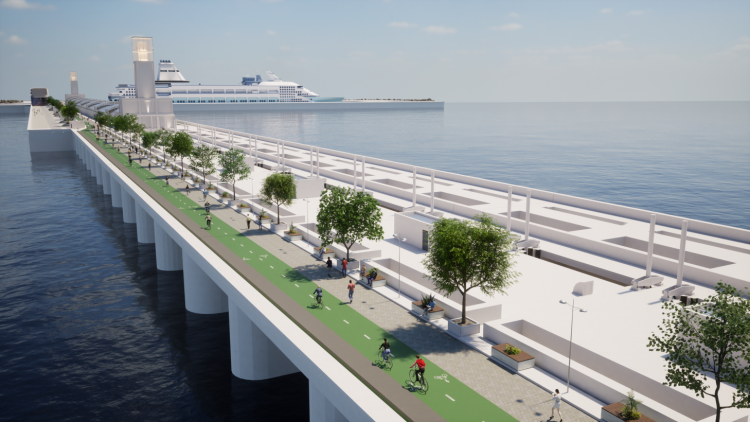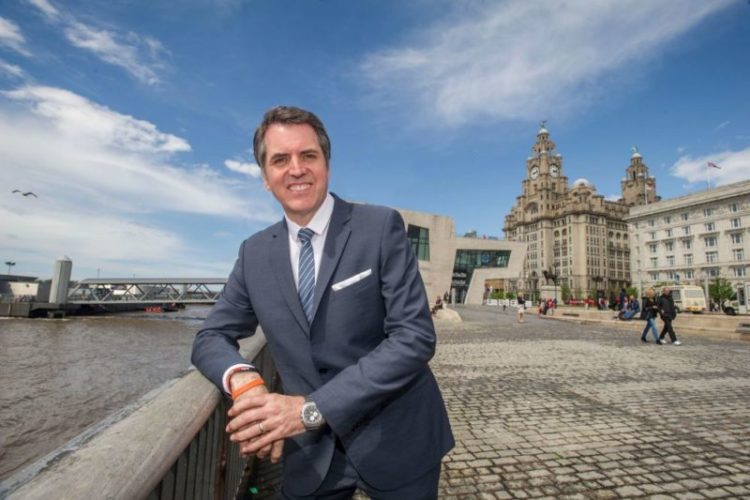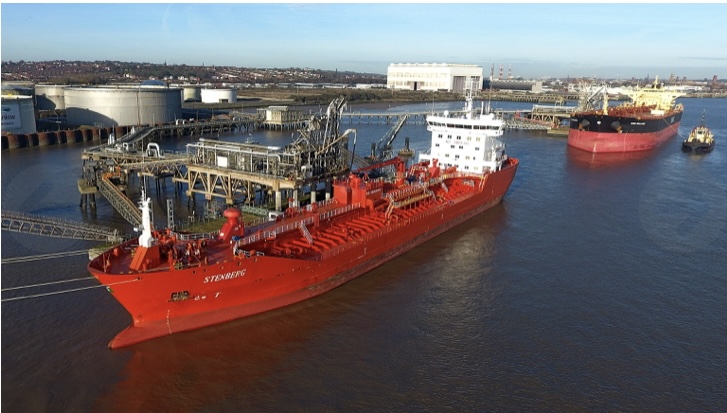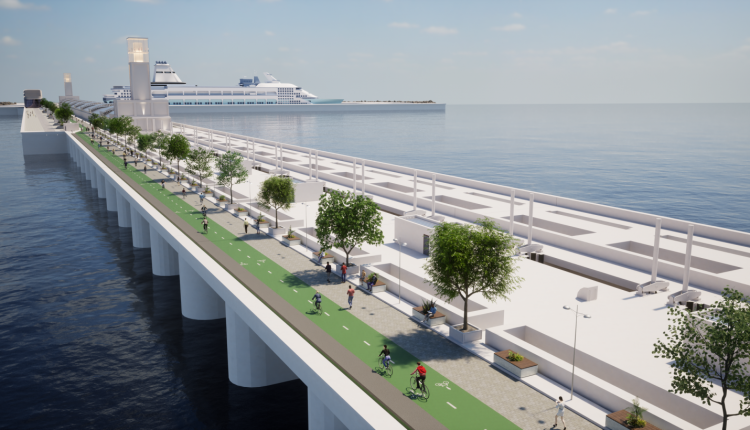£6bn ‘barrage across the Mersey’ takes step forward
Steve Rotheram says his £6bn Mersey Tidal Power project will see a barrage across the river, with locks to allow ships through, but original 2030 switch-on now looks unlikely. Tony McDonough reports

Liverpool City Region Metro Mayor Steve Rotherham is pushing forward with his £6bn plan to generate carbon-free electricity using the power of the Mersey tides.
After pondering whether to build a barrage across the river from Liverpool to Wirral, or a floating lagoon, the Combined Authority has chosen the former as it would be cheaper and also creates a bridge that could have a pedestrian and cycle link.
Mr Rotheram, who is looking to secure a third term in May, claims the Mersey Tidal Power facility would generate enough electricity to power one million homes for 120 years. However, his original plan to start generating power by 2030 may have to be put back.
On March 15 the Combined Authority will be asked to approve the submission of a scoping opinion to the Planning Inspectorate later this year.
Submitting a scoping opinion is the first step towards preparing a Development Control Order submission – a process which typically takes two to three years. That makes a 2030 start highly unlikely.
Funding the scheme prevents the biggest challenge. Mr Rotheram has made little progress with the current Government and has made his frustrations known. He will be hopeful that an incoming Labour Government would be more open to giving the go-ahead.
In September 2023 Shadow maritime minister Mike Kane told LBN Mersey Tidal Power was a “cracking idea”. However, Labour leader Keir Starmer has made it clear that the parlous state of the public finances means it is unlikely the spending taps will be gushing.
That said, Labour has committed to the ambitious target of a net zero electricity network within a few years so the Mersey project could fit right in with that.
Another big technical challenge is allowing ships to pass through the barrage. The Mersey is still very much a working river. An exact location for the barrage has not been chosen but it is unlikely to be as far down river as the main Port of Liverpool facility.
This means the large container vessels calling at Liverpool2 would be unaffected by the structure. However, a large number of ships come much further up the river. There is a cruise liner terminal close to the city centre welcoming more than 100 vessels a year. Adjacent to this will be the new Isle of Man ferry terminal.
At Birkenhead there is the 12 Quays Terminal which accommodates Stena Line ships sailing to and from Belfast and Dublin. Much further up the river there is the Port of Garston and the Manchester Ship Canal.
In terms of oil tankers alone, there are more than 700 vessels coming in and out of the Mersey every year. Supertankers berth at the Tranmere Oil Terminal next to the Cammell Laird shipyard and around 500 smaller vessels berth at Stanlow at Ellesmere Port.
LBN understands that some form of lock system will be incorporated into the barrage to allow ships in and out. That might prove tricky for supertankers which suggests the barrage would be down river from the Tranmere terminal.



At between four and 10 metres, the Mersey Estuary has the second-highest tidal range (the difference between the lowest and the highest tides) in the UK. It is second only to the River Severn making it ideal for a tidal power scheme.
Water from the high tides would be released through turbines as the tide falls, generating power. It would have a capacity of up to 5GW. Currently the UK’s entire power generating capacity totals around 77GW.
Mr Rotheram said: “Mersey Tidal Power has the potential to generate clean, predictable energy for 120 years, create thousands of green jobs and apprenticeships – and all but seal our area’s status as Britain’s Renewable Energy Coast.
“Beyond the banks of the River Mersey, this is a national infrastructure asset that could position the UK as a global leader in the renewables race and help to turbocharge our net zero ambitions.
“We are under no illusions, we know there are still significant technical and financial challenges to overcome, but the plans we’ve unveiled today mark a huge step on our journey to bringing Mersey Tidal Power to life.
“Quite simply, the case for tidal has never been clearer – both for our economy and our planet.”
If agreed, prior to the scoping opinion being submitted the Combined Authority would carry out a period of engagement, regionally and nationally, with stakeholders.
Once the scoping opinion is received, the CA would hold formal consultations across communities and stakeholder groups.
Cllr David Baines, Liverpool City Region Combined Authority Portfolio Holder for Net-Zero and Air Quality, added: “Existing strengths in wind and solar power and emerging strengths in hydrogen mean that our city region is already leading the way.
“Harnessing the power of the River Mersey to generate green and predictable energy for the next 100 years and more would be an incredible addition to our clean energy mix.
“We need to ensure we are extremely aware of our sensitive local ecology but just reaching this stage in the Mersey Tidal Power project has taken a huge amount of hard work allied with vision and would be a big step towards it becoming a reality.”

